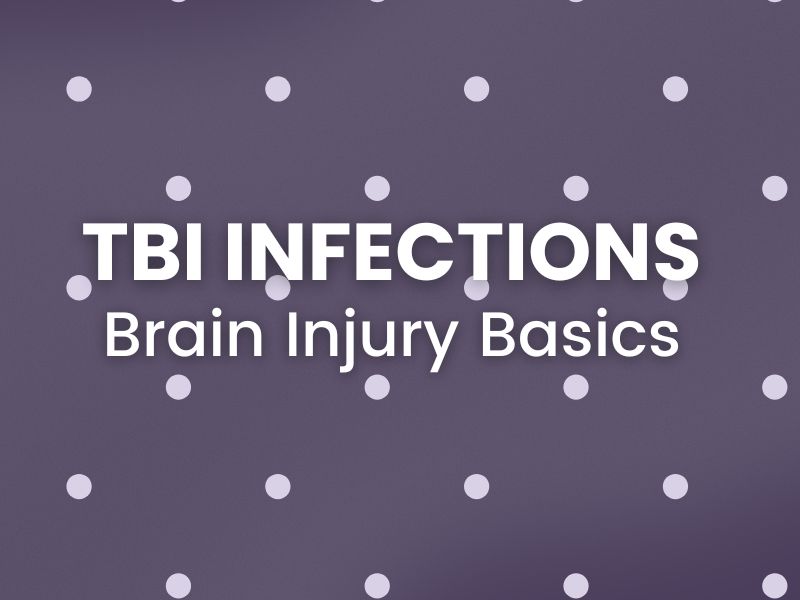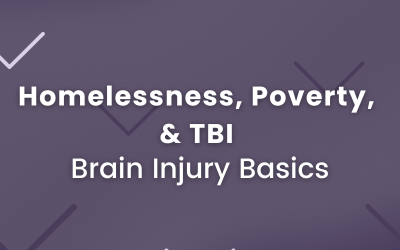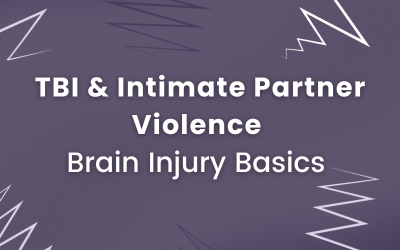This is the third segment of our new blog post series, “Brain Injury Basics”, written and researched by neuroscientist, Kamal Narayana. Kamal is a graduate student in the Division of Medical Sciences at UVic.
Traumatic Brain Injury (TBI) Infections
Accidental fall from the stairs, or road traffic collision is harsh in itself, and often leads to long-term recovery especially if the site of impact was the head. Such external forces cause an alteration in normal brain function, which affects our mood, sleep and performance of daily tasks. These insults to the brain lead to traumatic brain injury (TBI), which is the leading cause of disability globally, affecting approximately 50 million people per year. TBI spans a wide range of severities, from mild to severe; however, in the majority of cases requires some form of hospitalization. The length of stay in hospitals can vary from days to months, and during this period, patients are at risk of developing hospital-acquired infections (HAIs).
Hospital-acquired infections (HAIs)
HAIs are common and affect approximately 50% of severe TBI patients leading to the higher susceptibility of infections in this population. Colonization of organisms such as Staphylococcus aureus (S. aureus), Pseudomonas aeruginosa (P. aeruginosa), and Haemophilus influenza lead to lower respiratory tract and surgical site infections, two of the most common non-neurological complications following TBI. Importantly, during the first post-hospital recovery phase, TBI individuals face greater challenges including anxiety and depression disorders, reduced cognitive abilities, and impaired balance and coordination, all of which contribute to an increased likelihood of re-hospitalization; and thus, greater chance of re-infection. The high susceptibility and longer hospitalization is often attributed to frequent need for ventilators, which increases the risk of developing pneumonia. Multiple risk factors have been associated with infection which include nasal carriage of S. aureus and barbiturate use, prolonged hospitalization, surgical intervention and cerebrospinal fluid leak, damage to the central nervous system (CNS), and the need for ventilation. Of these, damage to the CNS is considered one of the main driving factors to HAIs as there is a bidirectional communication that exists between the CNS and the immune system.

A telephone line between the nervous and immune system
The disruption of communication between the CNS and the immune system after TBI often involves the imbalance between pro- and anti-inflammatory immune cells, or modulators. This imbalance further weakens the immune defense system leading to the re-hospitalization and primary HAIs. In addition, this increases vulnerability to opportunistic pathogens mentioned above after TBI. Although the research is scarce on the cause behind such infections, one accepted theory is the compromised blood-brain barrier (BBB) after a TBI. In short, the BBB is vital to neural function and balance and is a roadblock to microorganisms protecting the CNS from toxins, inflammation, injury, and diseases. Disruption of the BBB and its properties during neurological disease including stroke, acquired brain injury (ABI) and TBI, is a major component of the pathology and progression of these diseases. This usually-restrictive barrier is no longer able to regulate the passage of various modulators and hormones, promoting an immune response observed in some TBI individuals.
Infection-mediated sepsis in TBI populations
One of the most common TBI complications due to CNS disruption is sepsis, which can result in an exaggerated immune response to an infection. A primary infection will lead to a drastic immune attack, followed by a refractory, or resting period of the overwhelmed immune system, which marks an impairment of the host’s defense mechanism often leaving the individuals susceptible to additional or secondary infections. It is often the secondary infection with the same or another pathogen that contributes to a higher mortality rate. As a consequence, TBI individuals undergo a state of immunosuppression post-injury and are at risk of developing infection followed by infection-mediated sepsis. TBI studies after sepsis have shown that immune cells involved with the initial response, or innate immunity, were elevated but exhibited impaired function, diminished clearance and motility, and delayed infected cell death. Additionally, the impaired function of the innate immune system results in an increased vulnerability to P. aeruginosa pneumonia as secondary infection.
Types of TBI infections
As discussed, infections are a common complication that can occur after a TBI. These infections can develop in the brain, in the tissues surrounding the brain, or in other parts of the body and spread from the periphery to the CNS. It’s essential to understand the types of infections that can occur after a TBI, as well as the symptoms and treatments, to ensure prompt and effective care.
Meningitis is an infection that affects the tissues surrounding the brain and spinal cord. It is usually caused by a viral infection, the most common of which occur from the herpes simplex virus (normally the same type that causes genital herpes), chickenpox or shingles virus, and enterovirus. Though viral meningitis can be severe, it is almost never life-threatening. Symptoms of meningitis can include a headache, neck pain, and a stiff neck, as well as confusion, dizziness, and fever. Bacterial meningitis is less common, but is much more serious due to sepsis, and is a life-threatening illness.
Brain abscesses are another type of infection that can occur after a TBI. These are pockets of pus that develop in the brain as a result of a bacterial infection, most frequently are S. aureus and Viridian streptococcus. Symptoms can include headaches, neck pain, and fever, as well as changes in behavior and confusion.
Septicemia is another type of infection that can occur after a TBI. It is a severe, life-threatening infection that occurs when bacteria from an infection in another part of the body spread to the bloodstream and reach the brain. Septicemia triggers sepsis, which can lead to tissue damage, organ failure and death. Symptoms can include fever, confusion, and changes in behavior.
Potential treatments
Infections are particularly challenged in the TBI population due to the range of medical issues individuals face. Despite various attempts to control infections such as progesterone, intracranial pressure monitoring sensors, antibiotics, and insulin therapy, these have met with limited success. And thus, it is essential to seek prompt medical attention if you suspect that you or a loved one has an infection after a TBI. Early diagnosis and treatment can help prevent serious complications and ensure a better outcome. In general, treatment for infections after a TBI may include antibiotics to treat the infection, as well as other medications to manage symptoms and reduce inflammation. In severe cases, surgery may be necessary to remove infected tissues or abscesses.
In conclusion, infections can be a serious complication of a TBI and can lead to long-term consequences if not treated promptly. It’s crucial to be aware of the symptoms of infections after a TBI, such as headaches, neck pain, and changes in behavior, and to seek prompt medical attention if you suspect that you or a loved one may have an infection.



